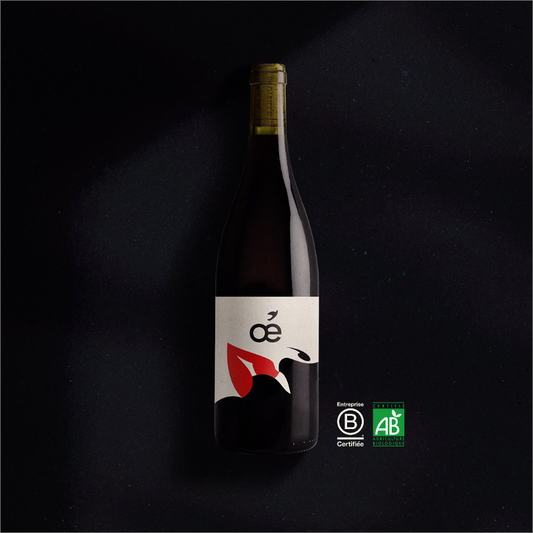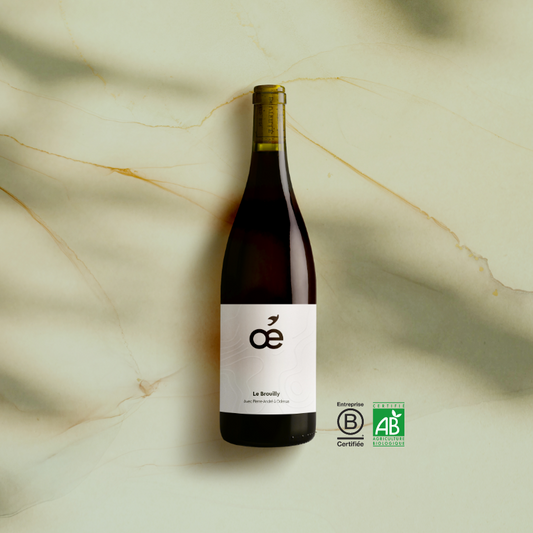Between the not always convincing aging advice affixed to the back label and those given by this more or less knowledgeable neighbor, it is often difficult to find your way around when it comes to storing wine! And yet, it is a fundamental element for it to express itself at best when opening the bottle.
Wine being a living and sensitive product, it does not like sudden changes in temperature. If you don't have a proper cellar, it is advisable to choose a ventilated room where the temperature is stable, cool and preferably dark, as light can cause the wine to oxidize. Another trick is to keep your bottles lying down so that the cork stays in contact with the wine. This allows the cork to stay moist and easier to remove when opening.
For the lucky ones who have a refrigerated cellar, we do not hesitate to set the temperature slightly below the serving temperature. Indeed, as soon as it comes into contact with the glass at room temperature, the wine will take a few degrees. And in general, it is better to serve a wine slightly too cold than too hot, because it will always be easier to warm it up than to cool it down.
Oé: do good with good, uncork good organic wines!
To avoid !
We absolutely forget the old cans of paint lying around in the same room as our bottles, chemicals, household products or anything else with a strong and harmful smell! We also avoid leaving the bottles in the purchase box, which could get wet. The wine breathes through the cork and soaks up the ambient air, storing it in the wrong way will have an impact on the tasting.
The case of the “old vintage” bottle
She has been waiting for years for the bottle of Pinot Noir Côtes-de-Nuits 1990 offered by your uncle a long time ago… And the fateful day arrives when we want to open it, this famous Grand Cru.
There are many kinds of corkscrews. Each has advantages and disadvantages, it's up to you to find the one that suits you best on a daily basis!
However, for an old vintage, it is rather advisable to use a model with a long twist, in order to grasp the cork well until its end, to prevent it from breaking. In case of rescue or delicate opening, the bimetallic strip will come to your rescue. But what is this thing? A bimetallic corkscrew is made up of… two pointed blades! I use it by gently inserting the longest blade, along the length of the cork, then the smaller one on the reverse side. Then comes the moment when I unscrew, very gradually. You can steady the cork with your fingers to make sure it doesn't break. Attention, at the end, residuals can remain in the bottle if the cork was really damaged, the charm of age.





